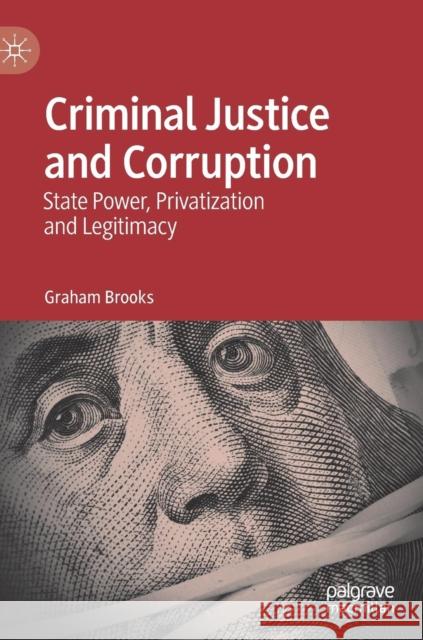Criminal Justice and Corruption: State Power, Privatization and Legitimacy » książka
topmenu
Criminal Justice and Corruption: State Power, Privatization and Legitimacy
ISBN-13: 9783030160371 / Angielski / Twarda / 2019 / 262 str.
Kategorie:
Kategorie BISAC:
Wydawca:
Palgrave MacMillan
Język:
Angielski
ISBN-13:
9783030160371
Rok wydania:
2019
Wydanie:
2019
Ilość stron:
262
Waga:
0.47 kg
Wymiary:
21.01 x 14.81 x 1.6
Oprawa:
Twarda
Wolumenów:
01
Dodatkowe informacje:
Wydanie ilustrowane











